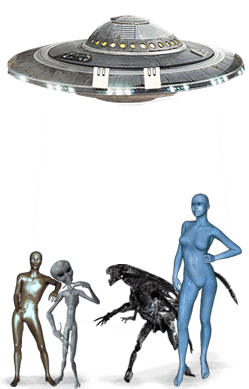NASA Telescope Finds Planets Thrive Around Stellar Twins
March 29, 2007
The double sunset that Luke Skywalker gazed upon in the film “Star Wars” might not be a fantasy.
Astronomers using NASA’s Spitzer Space Telescope have observed that planetary systems – dusty disks of asteroids, comets and possibly planets – are at least as abundant in twin-star systems as they are in those, like our own, with only one star. Since more than half of all stars are twins, or binaries, the finding suggests the universe is packed with planets that have two suns. Sunsets on some of those worlds would resemble the ones on Luke Skywalker’s planet, Tatooine, where two fiery balls dip below the horizon one by one.
Spitzer has found evidence that double sunsets like the one seen in “Star Wars” are quite common in the universe. Copyright and Trademark Notice: Star Wars: Episode IV- A New Hope copyright 1977 and 1997 Lucasfilm Ltd. & TM. All rights reserved. Used under authorization. Unauthorized duplication is a violation of applicable law.
Video: Alien Sunsets Luke Skywalker gazed upon a double sunset in “Star Wars.” NASA scientists now believe the universe could be full of planets with sunsets like these. + Play video |
“There appears to be no bias against having planetary system formation in binary systems,” said David Trilling of the University of Arizona, Tucson, lead author of a new paper about the research appearing in the April 1 issue of the Astrophysical Journal. “There could be countless planets out there with two or more suns.”
Previously, astronomers knew that planets could form in exceptionally wide binary systems, in which stars are 1,000 times farther apart than the distance between Earth and the sun, or 1,000 astronomical units. Of the approximately 200 planets discovered so far outside our solar system, about 50 orbit one member of a wide stellar duo.
The new Spitzer study focuses on binary stars that are a bit more snug, with separation distances between zero and 500 astronomical units. Until now, not much was known about whether the close proximity of stars like these might affect the growth of planets. Standard planet-hunting techniques generally don’t work well with these stars, but, in 2005, a NASA-funded astronomer found evidence for a planet candidate in one such multiple-star system (http://www.jpl.nasa.gov/news/news.cfm?release= 2005-115).
Trilling and his colleagues used Spitzer’s infrared, heat-seeking eyes to look not for planets, but for dusty disks in double-star systems. These so-called debris disks are made up of asteroid-like bits of leftover rock that never made it into rocky planets. Their presence indicates that the process of building planets has occurred around a star, or stars, possibly resulting in intact, mature planets.
Read the rest and watch the video here: http://www.jpl.nasa.gov/news/spitzer-starwars.cfm





